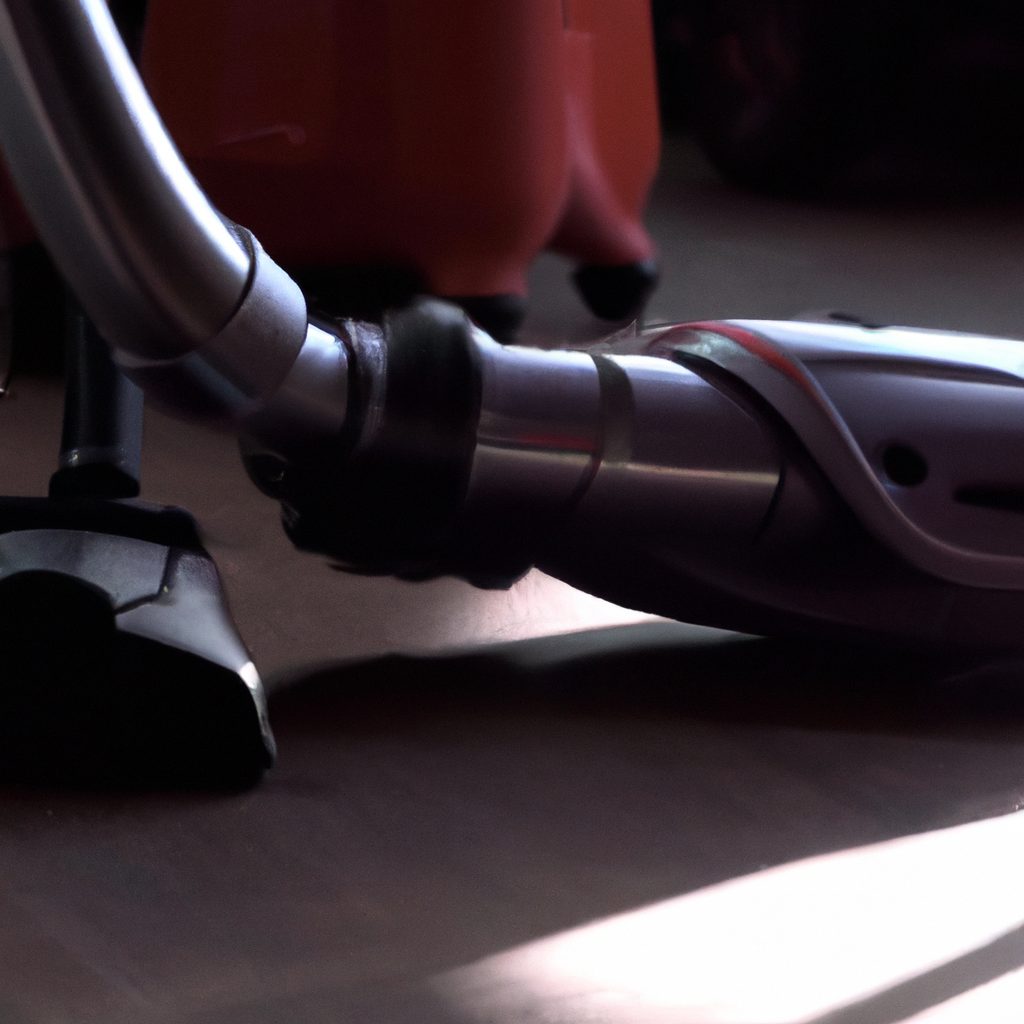Have you ever wondered how a vacuum cleaner works? A vacuum cleaner is an essential tool in keeping our homes clean. It is a device that uses suction power to remove dirt, dust, and debris from floors, carpets, and other surfaces. In this article, we will dive deep into the world of vacuum cleaners, exploring how they work, what makes them efficient, and how to maintain them.
How it Works:
A vacuum cleaner has a cleaning mechanism that sucks up dirt and debris from the surface it is cleaning. The suction power is created by an electric motor that drives a fan. The fan draws air into the vacuum cleaner through an inlet port, and the air passes through a series of filters that trap the dirt and dust particles. The air is then expelled from the vacuum cleaner through an exhaust port, leaving behind a clean surface.
Suction Power:
The suction power of a vacuum cleaner is the force that pulls dirt and dust from surfaces. The suction power is determined by the strength of the electric motor that drives the fan and the design of the cleaning head. A powerful motor and a well-designed cleaning head can create a strong suction power that can remove even the most stubborn dirt and debris.
Cleaning Mechanism:
The cleaning mechanism of a vacuum cleaner is what enables it to pick up dirt and debris from surfaces. The cleaning mechanism can be either a brush or a suction head. The brush rolls over the surface, dislodging dirt and debris, and the suction head sucks up the dirt and debris into the vacuum cleaner.
Dust Collection:
The dust collection system of a vacuum cleaner is what stores the dirt and debris that has been picked up. The dust collection system can be either a bag or a canister. The bag or canister collects the dirt and debris that has been sucked up, and it can be easily removed and disposed of.
Filtration System:
The filtration system of a vacuum cleaner is what traps the dust and dirt particles that have been picked up. The filtration system can be either a filter or a HEPA filter. A filter traps the larger particles, while a HEPA filter traps the smaller particles that can cause allergies and respiratory problems.
Vacuuming Technology:
Vacuuming technology has come a long way since the first vacuum cleaner was invented. There are now cordless vacuum cleaners, robot vacuum cleaners, and even vacuum cleaners that can be controlled by an app on your phone. These advancements in vacuuming technology have made vacuuming more efficient and convenient.
Cleaning Efficiency:
The cleaning efficiency of a vacuum cleaner is determined by how well it picks up dirt and debris from surfaces. A vacuum cleaner with a powerful motor and a well-designed cleaning head will have a higher cleaning efficiency than a vacuum cleaner with a weaker motor and a poorly designed cleaning head.
Vacuum Maintenance:
To keep your vacuum cleaner in good working condition, it is important to perform regular maintenance. This includes cleaning the filters, emptying the dust collection system, and checking for any blockages in the suction head. Regular maintenance will ensure that your vacuum cleaner continues to function at its best.
Vacuuming Tips:
Here are some vacuuming tips to help you get the most out of your vacuum cleaner:
– Vacuum regularly to prevent dirt and debris from building up
– Use the right attachment for the surface you are cleaning
– Move the vacuum cleaner in a back and forth motion to ensure that you pick up all the dirt and debris
– Empty the dust collection system regularly to prevent it from becoming too full and losing suction power
In conclusion, a vacuum cleaner is an essential tool in keeping our homes clean. Its cleaning mechanism, suction power, dust collection, and filtration system all work together to pick up dirt and debris from surfaces. With advancements in vacuuming technology, we can now enjoy more efficient and convenient ways of vacuuming. By performing regular maintenance and following vacuuming tips, we can keep our vacuum cleaners working at their best.







